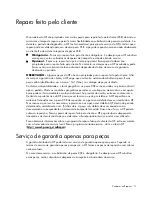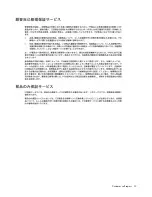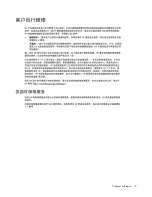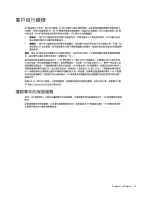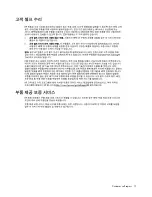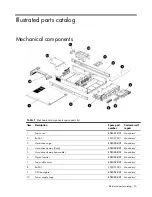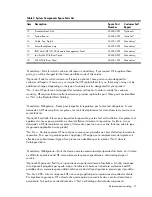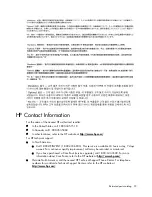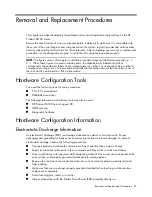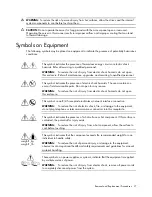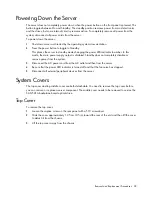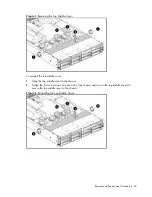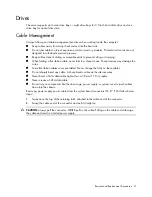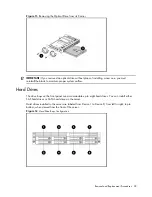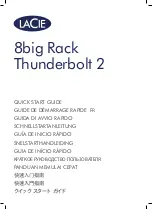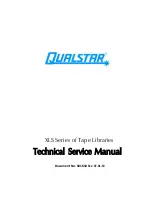
Removal and Replacement Procedures 25
Removal and Replacement Procedures
This chapter provides subassembly/module-level removal and replacement procedures for the HP
ProLiant DL180 server.
Review the specifications of a new component before installing it to make sure it is compatible with
the server. When you integrate new components into the system, record its model and serial number,
and any other pertinent information for future reference. After completing any removal or replacement
procedure, run the diagnostics program to verify that all components operate properly.
NOTE:
The figures used in this chapter to illustrate procedural steps are labeled numerically (i.e., 1,
2…). When these figures are used in substep items, the alphabetically labeled instructions
correspond to the numbered labels on the related figure (i.e., label 1 corresponds to step a, label 2
corresponds to step b, etc.). The procedures described in this section assume that the server is out of
the rack and is positioned on a flat, stable surface.
Hardware Configuration Tools
You need the following items for some procedures:
•
T-10/T-15 screwdrivers
•
Flat-blade screwdriver
The following references and software tools may also be used:
•
HP ProLiant DL180 Server Support CD
•
IPMI Event Log
•
Diagnostics Software
Hardware Configuration Information
Electrostatic Discharge Information
An electrostatic discharge (ESD) can damage static-sensitive devices or microcircuitry. Proper
packaging and grounding techniques are necessary precautions to prevent damage. To prevent
electrostatic damage, observe the following precautions:
•
Transport products in static-safe containers such as conductive tubes, bags, or boxes.
•
Keep electrostatic-sensitive parts in their containers until they arrive at static-free stations.
•
Cover workstations with approved static-dissipating material. Use a wrist strap connected to the
work surface, and properly grounded (earthed) tools and equipment.
•
Keep work area free of nonconductive materials, such as ordinary plastic assembly aids and
foam packing.
•
Make sure that you are always properly grounded (earthed) when touching a static-sensitive
component or assembly.
•
Avoid touching pins, leads, or circuitry.
•
Always place drives with the Printed Circuit Board (PCB) assembly-side down.
Summary of Contents for ProLiant DL180 G
Page 12: ...Customer self repair 12 ...
Page 13: ...Customer self repair 13 ...
Page 14: ...Customer self repair 14 ...
Page 15: ...Customer self repair 15 ...
Page 19: ...Illustrated parts catalog 19 ...
Page 82: ...Diagnostic tools and Setup Utilities 82 ...
Page 84: ...Diagnostic tools and Setup Utilities 84 Figure 72 Security menu of the BIOS Setup Utility 2 ...

